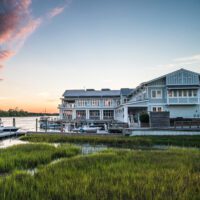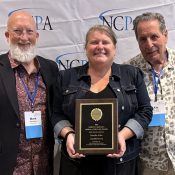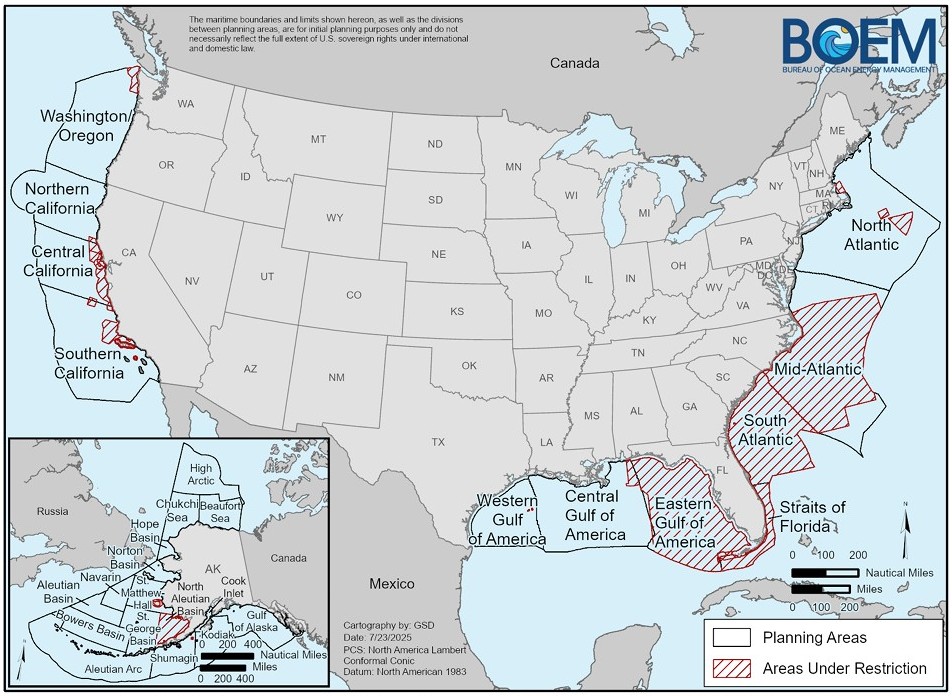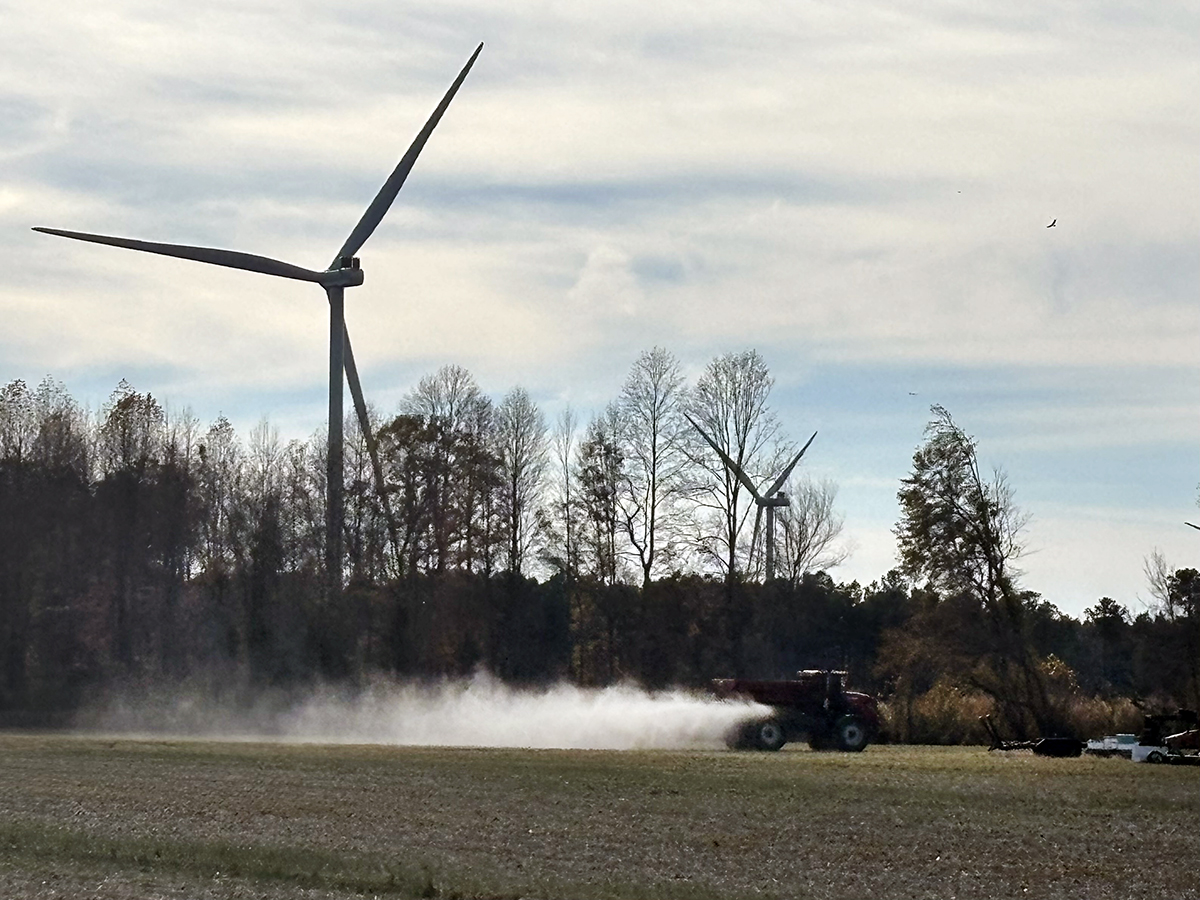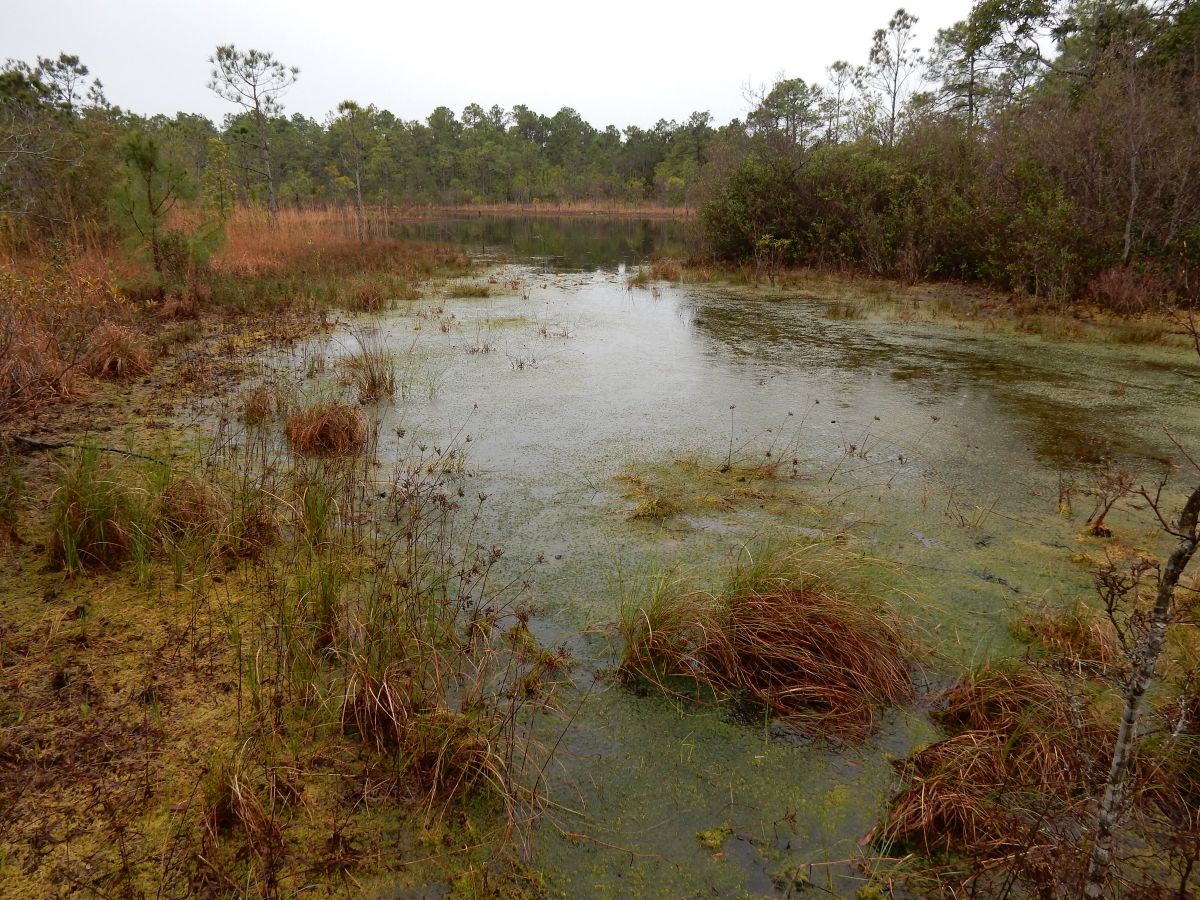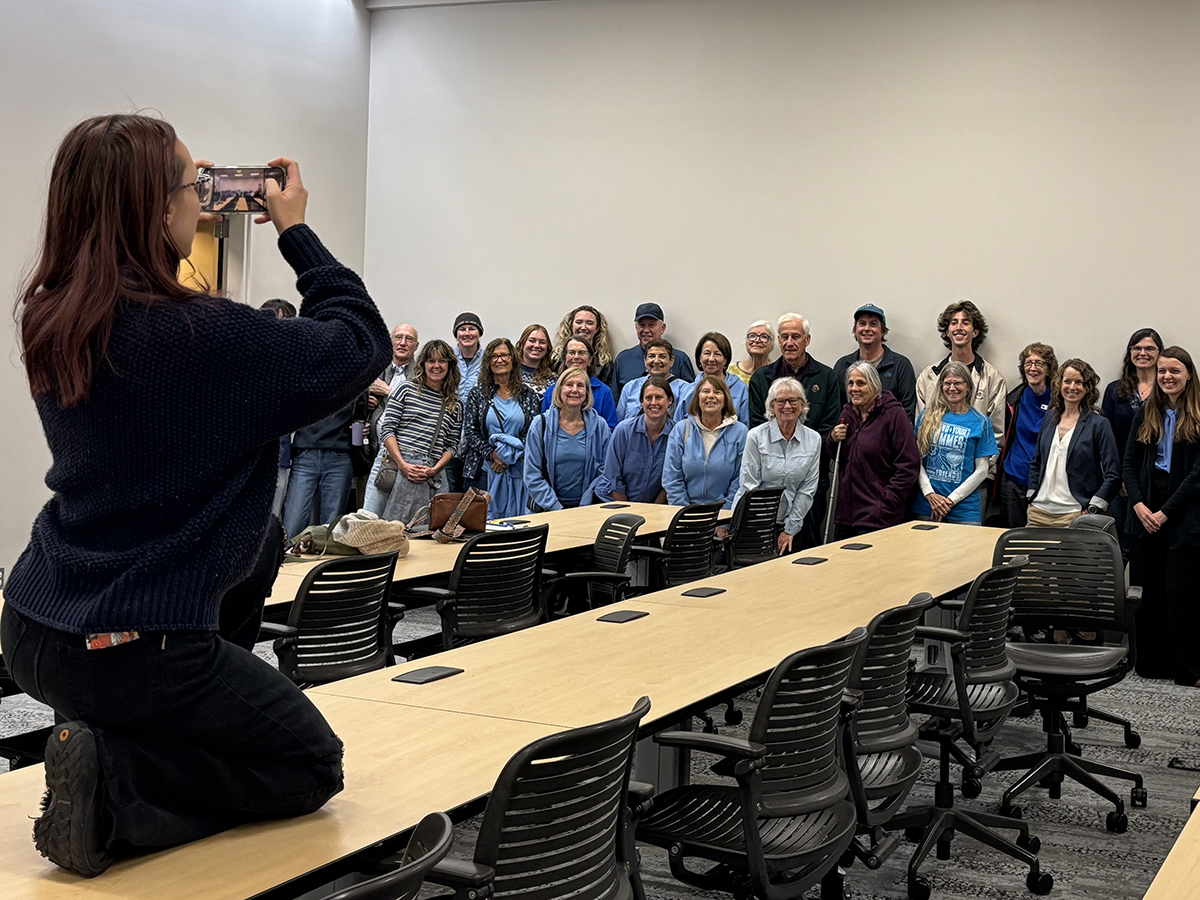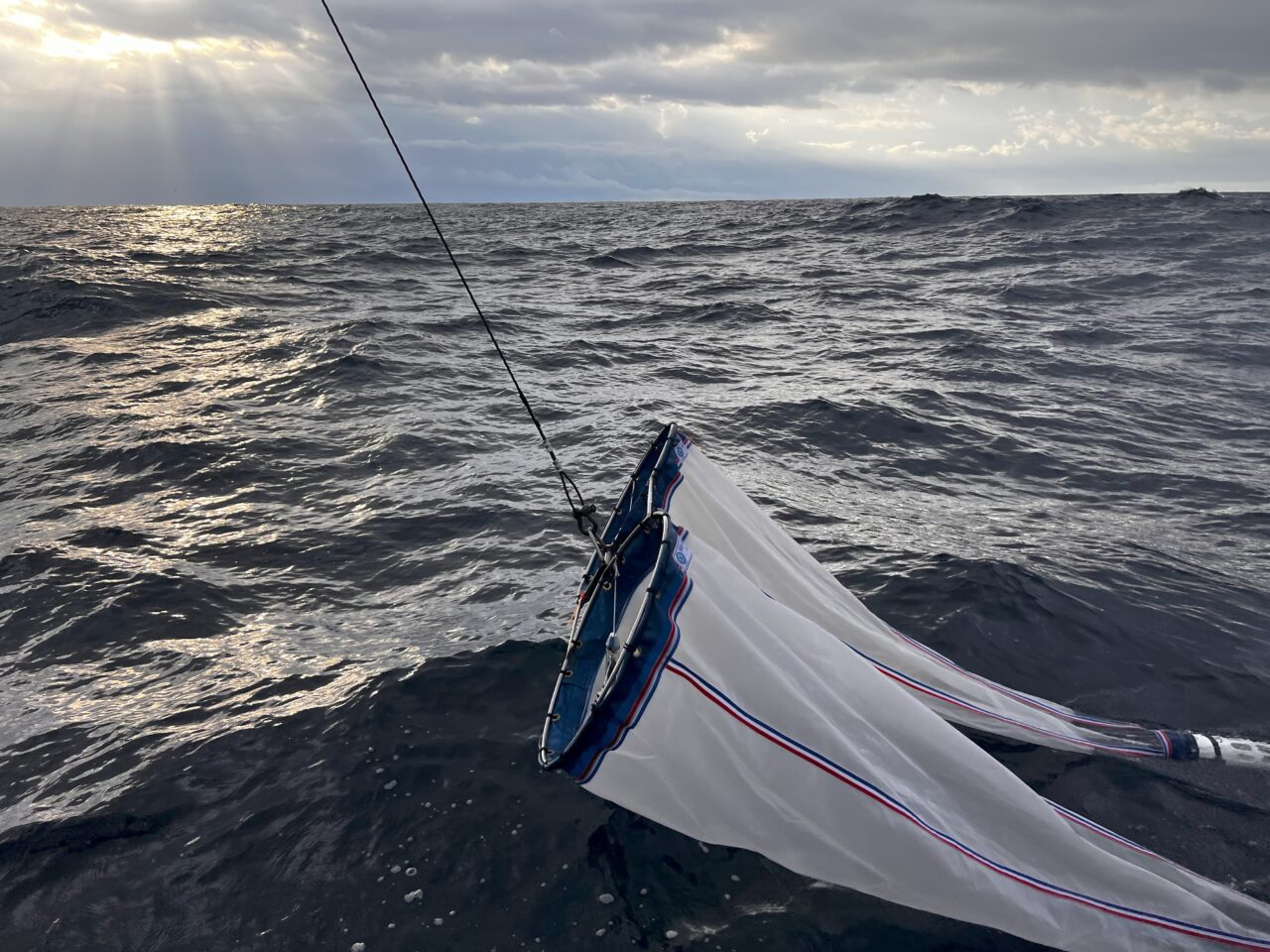
As the hours passed, day turning into night, prospects looked bleak for a research vessel carrying scientists and students hoping to get past the mouth of the Cape Fear River to deeper waters offshore.
The R/V Cape Hatteras had essentially been stuck at the mouth of the river for about 24 hours after leaving the morning of Feb. 10 from its mooring at Cape Fear Community College in downtown Wilmington, thanks to an abrupt change in the weather.
Supporter Spotlight
“I won’t lie, I did not think we would make it offshore, which feels like a waste with this large vessel to just be stuck at a spot we could sample fairly easily on smaller boats,” said Dr. Bradley Tolar, an assistant professor with the University of North Carolina Wilmington.
February tends to be a month when the weather serves up less-than-ideal working conditions offshore.
Cold temperatures, whipping winds and rain proved that to be the case during the first several hours of the maiden trip of the TEAL-SHIPS project, a groundbreaking expedition to study shore-to-sea habitats.
TEAL-SHIPS, an acronym for this mouthful: Transect Expedition to Assess Land-to-Sea Habitats via Interdisciplinary Process Studies, will allow researchers the opportunity to get an understanding of the biological, chemical and physical changes in habitats from the mouth of the Cape Fear River to the Gulf Stream’s warm waters.
This particular area of North Carolina’s coast has largely remained understudied since the 1990s. And those previous studies of the area between the 1970s and 1990s focused primarily on nearshore ecosystems.
Supporter Spotlight
Now, through a series of cruises (no, not the kind where mai tais are served on the pool deck), researchers of different coastal marine science disciplines hope to build a baseline in understanding how changes in the Gulf Stream flow affect the ocean’s food chain and critical habitats between the coastline and Atlantic continental shelf.
Tolar is spearheading the venture, one that was able to come to fruition through a $1.5 million General Assembly-funded grant through the University of North Carolina System Research Opportunities Initiative, a program that focuses on several research areas including marine and coastal science.
TEALS-SHIPS includes principal investigators from UNCW, the UNC Chapel Hill, North Carolina State University and East Carolina University.
Over the course of the next two years, researchers and some of their students will embark on an expedition about every three months, setting course to a series of stations mapped from the river’s mouth to the Gulf Stream. By going out every three months, researchers aim to capture any potential changes in each season of the year.
“Even though this is only giving us two years, the goal is to write grants to continue sampling further, maybe not to this level or this frequency, but just to have a better understanding of how the coast and offshore are connected,” Tolar said.
The Gulf Stream is a powerful current that originates in the Gulf of Mexico, curves around the Florida peninsula, up the Eastern Seaboard and extends toward Europe where it warms western European countries.
“But for our coastline, we know that it transports nutrients, it transports species up to our coast,” Tolar said.
The Gulf Stream oscillates and there is some thought that rising sea temperatures might actually weaken the current over time.
“We don’t really know what those consequences might be to what it transports up to our coast,” Tolar said. “If it’s transporting nutrients that feed our coastal habitats, which we care about a lot with our state’s blue economy, if it weakens or oscillates farther offshore rather than coming inshore, we would want to know.”
During each cruise, physical oceanographers will collect fine-scale water samples to get a sense of how the Gulf Stream current is moving and any changes in that movement over the course of a year.
Two, 20-minute-long fish trawls will capture as much fish as possible at each of the project’s six major stations, each of which include vastly different types of habitat. Researchers will count all of the species captured during the trawl sweeps, collect 10 of each species, and measure 30 of every species.
“This allows them to get a sense of the diversity of fish, the abundance of fish, and then their variability and size to see basically how fish communities change as we go offshore,” Tolar said.
Dr. Christian Briseño-Avena, a UNCW assistant professor of biological oceanography, plankton ecologist, and another principal investigator on the project, will collect zooplankton and larger phytoplankton to study how those organisms change over time.
“Eventually we’d like to know more about how the zooplankton, or the plankton in general, are changing or not changing for this region over longer periods of time,” he said.
Copepods “change a lot in this region,” he said. But samples of the tiny crustaceans collected from this region are sparse.
Briseño-Avena said he is learning as he goes on each expedition, targeting smaller plankton, fish larvae and zooplankton scooped up from the seafloor to the surface in “bongo nets,” aptly named because they are shaped similar to the open bottomed hand drum.
During TEAL-SHIPS maiden cruise earlier this month, he was met with some surprises when the bongo nets surfaced back aboard the R/V Cape Hatteras, a 135-foot oceangoing research vessel used as a hands-on training tool for marine technology students at Cape Fear Community College.
He wasn’t expecting to see in the winter what turned out to be a large amount of ichthyoplankton, which are the eggs and tiny larvae of fish.
His students have already begun the tedious task of extracting and identifying the different groups and species of plankton he collected. The plankton will be preserved in ethanol and used to build a library-like catalogue of samples that will be available to future coastal marine scientists.
He and Tolar agree the expedition was a success, despite the weather challenges that cut the initial trip by a half day and covered four of the six stations. The ship traveled just under 75 miles offshore, making it to the Gulf Stream where the water temperatures were 30 degrees warmer than those near shore.
“At least we confirmed if we were able to do as much as we did in our 18-hour weather window we’ll be fine for our future expeditions,” Tolar said. “We’ll have no problem getting all the way out there. We learned that we could do it and we learned how to be more efficient about it.”
UNCW’s Center for Marine Science is in the process of acquiring its own, larger research vessel. The 73-foot vessel is expected to be complete in the spring of 2026. TEAL-SHIPS project principal investigators hope to use the new vessel during their final two expeditions covered by the current grant.
Tolar hopes to tap additional funding sources for the program to collect samples beyond two years.
“If we’re able to get more funding in the future we can compare the changes year-to-year,” he said. “Even if not, we have a really nice study that shows this is what’s happening here off the coast of Wilmington and that can connect how other folks along the East Coast are measuring their samples.”

